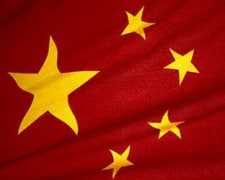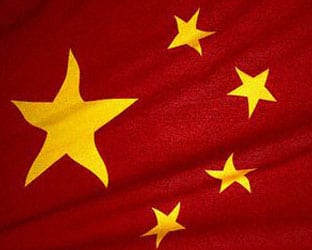 Perhaps in an effort to keep its citizens content (it too is seeing a widening gap between the rich and poor), China’s ban of luxury products advertising has been placed on official state radio and television channels. The move is an attempt to quell growing social frustration in the wealth gap and to stop corruption conducted through luxury gift-giving.
Perhaps in an effort to keep its citizens content (it too is seeing a widening gap between the rich and poor), China’s ban of luxury products advertising has been placed on official state radio and television channels. The move is an attempt to quell growing social frustration in the wealth gap and to stop corruption conducted through luxury gift-giving.
Such ads had “publicized incorrect values and helped create a bad social ethos,” said China’s television watchdog, the State Administration of Radio, Film and Television (SARFT), reported Xinhua, the country’s official state-run news agency.
The ban includes commercials for high-end watches, gold coins and rare stamps and comes on the eve of China’s Lunar New Year celebrations that begin this weekend. The holiday, compared to Christmas in the West, is a time of intense gift- and money-giving.
In 2012, China surpassed Japan as the world’s largest luxury market. By 2015, McKinsey & Co. had predicted China’s luxury market would account for one-fifth of global sales with a value of $27 billion, reported CNN.
China’s latest move follows a series of recent statements and decisions from top leaders exhorting Communist party officials to lead a low-key lifestyle to avoid imagery of a leadership out of touch with many of its citizens.
Last November, as Chinese President Hu Jintao prepared to begin the power transition to his successor Xi Jinping, Hu cautioned that failing to stop corruption could result in the demise of the Communist party. In December, new party rules announced that ornate flower displays, waving schoolchildren welcoming visiting dignitaries and large groups of state officials traveling abroad were prohibited or frowned upon. China’s Central Military Commission also banned luxury banquets for military forces and alcohol at official functions.
In January, China’s National Bureau of Statistics released an official Gini coefficient reading for the first time in ten years. The figure that measures a country’s rich-poor divide was 0.474. A separate survey from December 2012 by China’s Southwestern University revealed the country’s 2010 Gini coefficient was 0.61. A number over 0.40 indicates potential for social unrest, according to the United Nations.
RBR-TVBR observation: As China continues to move toward a capitalist (albeit hybrid) economy, we’ll continue to see a lot of push-pull in the way the government regulates foreign media investment, programming and advertising. It’s a slow process, but so far it has made many in the world’s most populated nation very wealthy. Business is booming, even though not at the rate it was a few years ago. Compare any major Chinese city to ours and you’ll see the skylines make ours in the US look pretty outdated.




